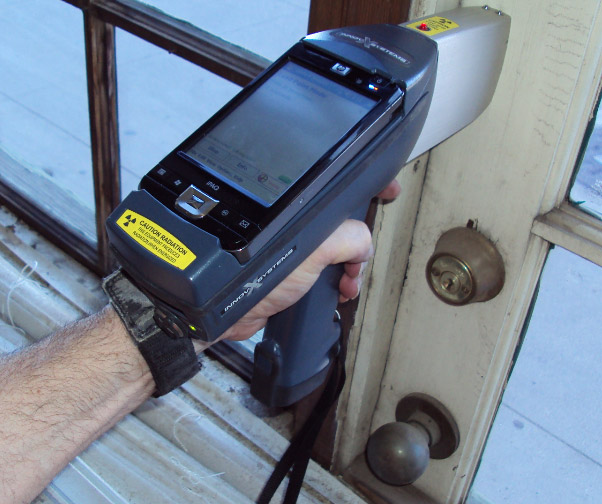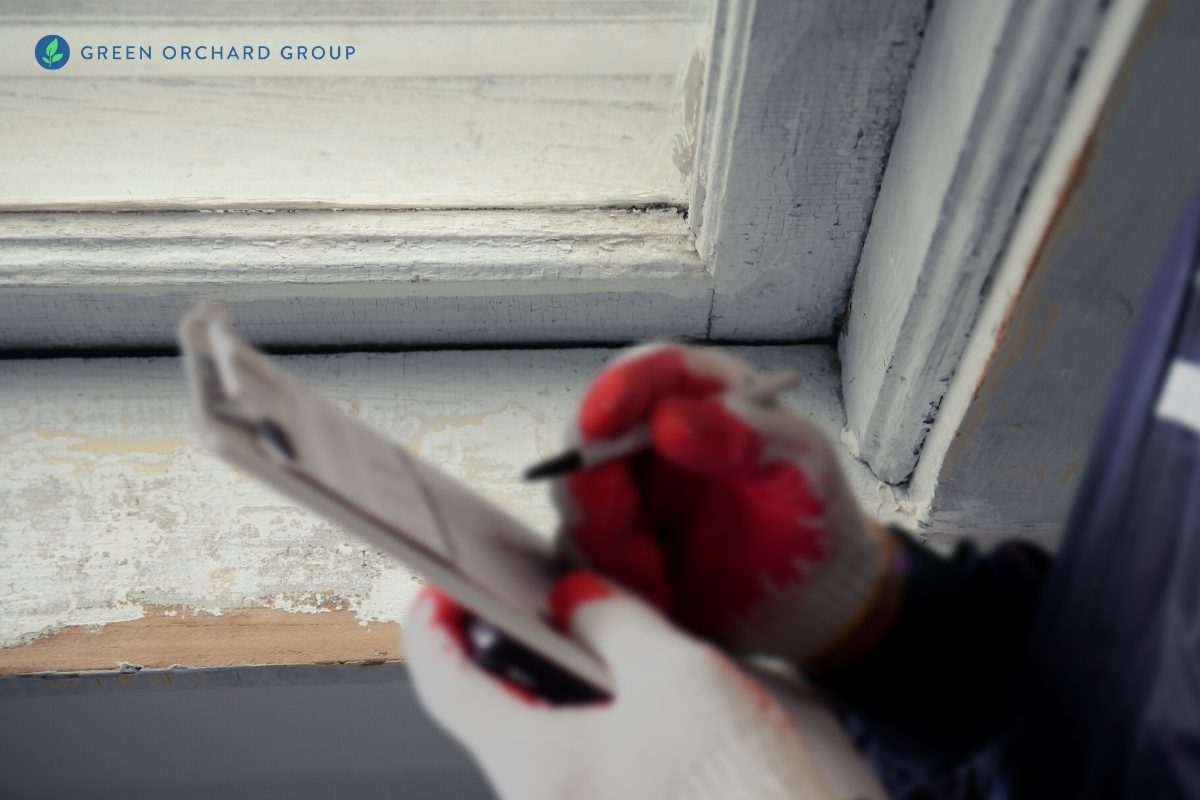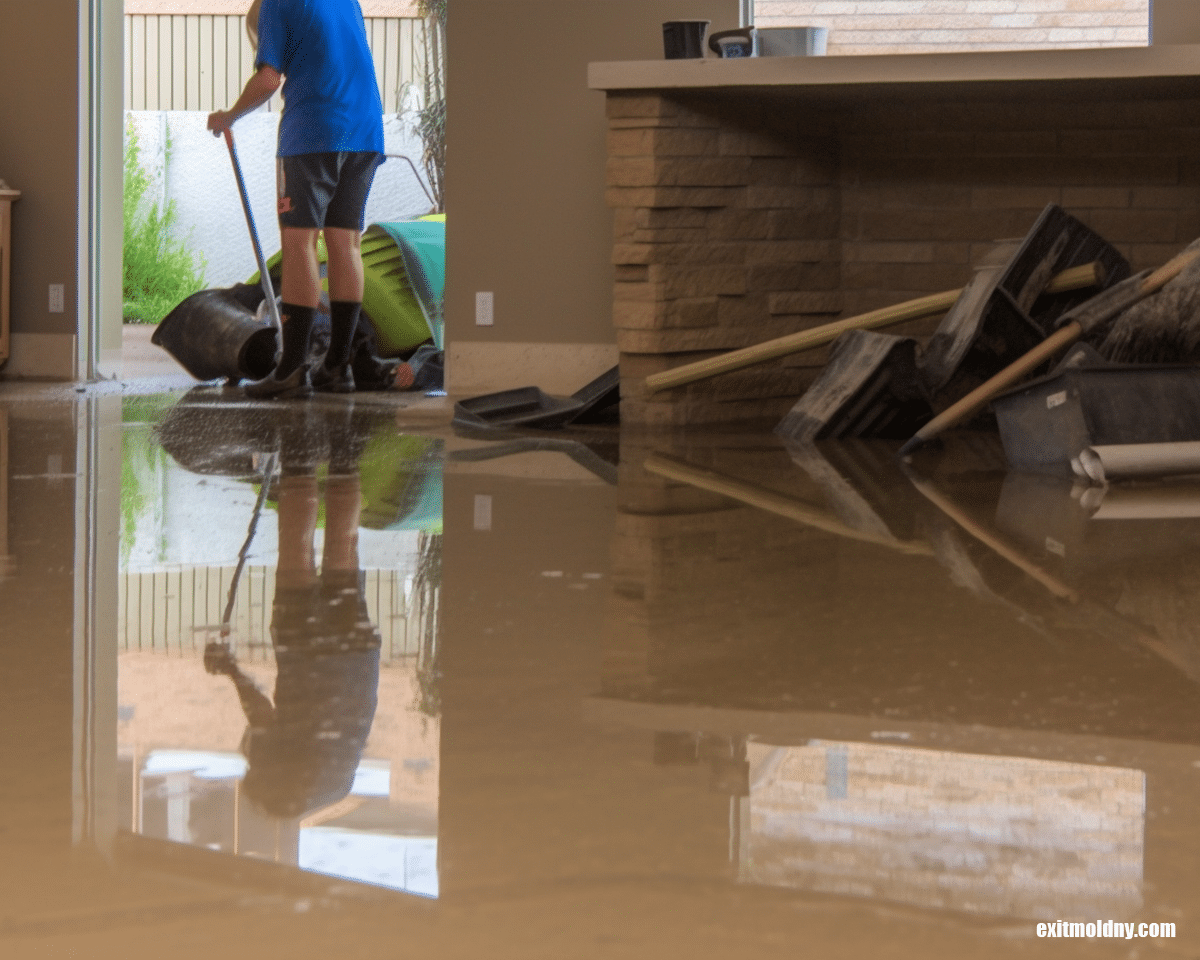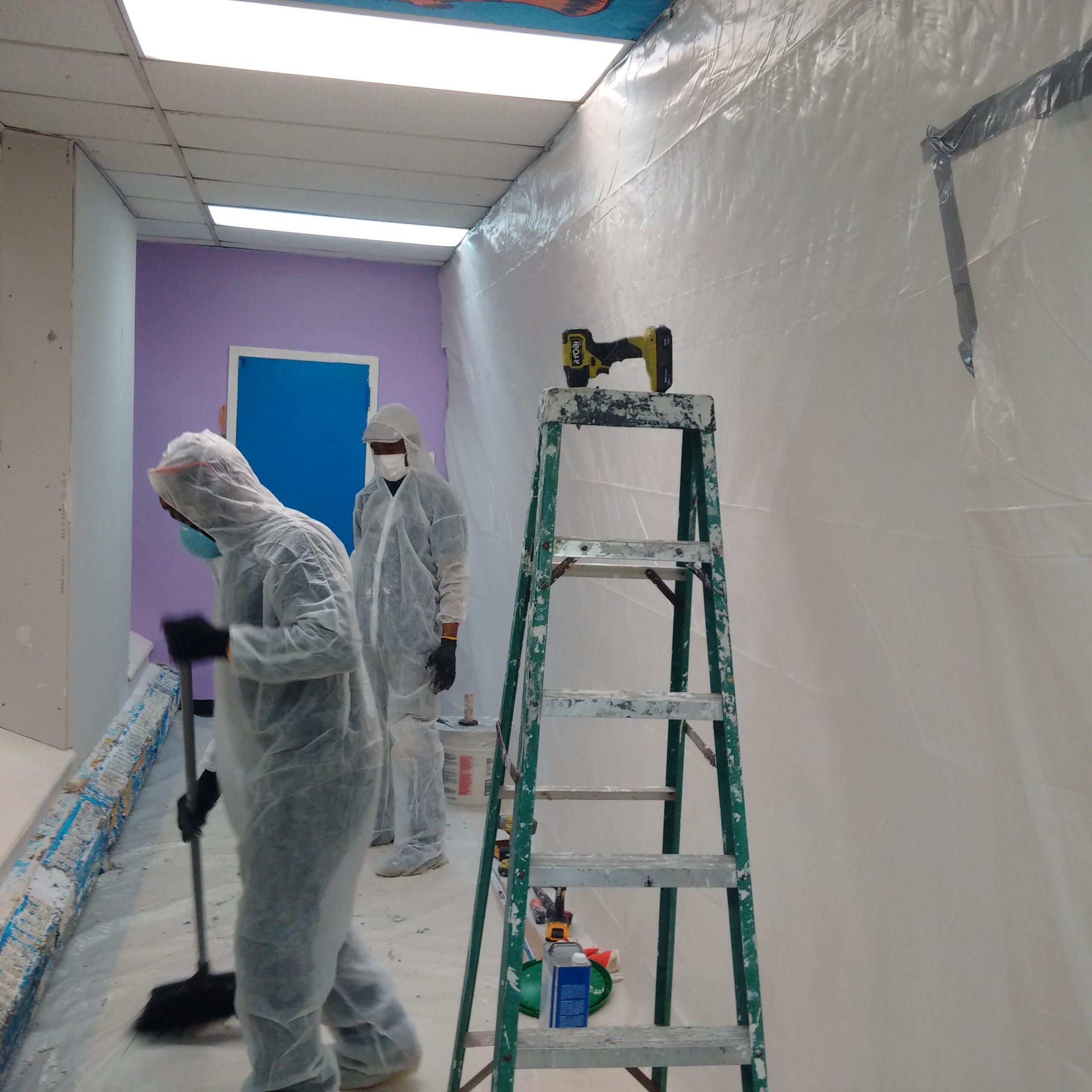NYC Lead Paint Removal Company-- Making Certain Safe and Lawful Compliance
NYC Lead Paint Removal Company-- Making Certain Safe and Lawful Compliance
Blog Article
Best Practices for Making Certain Safe and Extensive Lead Infraction Reduction
Addressing lead offense reduction calls for a multi-faceted strategy to ensure both safety and compliance. First evaluations utilizing sophisticated discovery techniques such as XRF analyzers established the stage for an accurate understanding of contamination degrees. Integrating proper control techniques, consisting of closed barriers and HEPA filtration, paired with making use of individual protective equipment (PPE) for employees, develops the backbone of a safe operation. Thorough clean-up methods, including HEPA vacuuming and wet-wiping, are essential. It's the final clearance procedure, including complete inspections and research laboratory screening, that genuinely confirms a lead-free setting, ensuring long-lasting safety. How do these practices interconnect to guarantee thorough lead abatement?

Initial Assessment
Conducting a first analysis is an important very first step in lead infraction reduction. This stage includes a thorough evaluation of the building to identify the presence, extent, and particular places of lead-based threats. Certified professionals, such as licensed lead examiners or risk assessors, should carry out a thorough website inspection, making use of tools like X-ray fluorescence (XRF) analyzers to accurately find and gauge lead focus in paint, dirt, dirt, and water.
The analysis must also include a review of the structure's background, previous reports, and any kind of complaints or health and wellness problems reported by occupants - Lead Removal Contractors. Recording the findings carefully is important, as these records create the basis for establishing an efficient reduction technique. An extensive analysis additionally includes tasting and research laboratory analysis, which are important to confirm the existence of lead and guide subsequent activities
In addition, it is vital to interact the results transparently to all stakeholders, consisting of homeowner, lessees, and regulatory authorities. By making sure that the initial analysis is conducted with accuracy and roughness, specialists can lay a strong structure for a targeted and effective lead reduction procedure, inevitably protecting public health and ensuring conformity with regulative standards.
Correct Control
Correct control is vital to avoid the spread of lead impurities throughout abatement tasks. Properly handling containment reduces the danger of lead dust and debris moving to non-work locations, thus protecting both the environment and individuals outside the instant job area. To accomplish correct containment, a closed barrier of plastic sheeting should be established around the job area, guaranteeing all joints and sides are firmly secured. Lead Removal Contractors. This barrier should extend from floor to ceiling and be taped to protect against any type of leakages.

Regular assessments of the control area are needed to check for violations or weak points in the obstacle. Any identified concerns should be promptly dealt with to preserve the honesty of the control. By sticking to these methods, abatement tasks can effectively regulate lead contamination and alleviate involved health and wellness dangers.
Employee Protection
Guaranteeing employee security is paramount throughout lead abatement projects to avoid work-related exposure to harmful lead bits. Important actions consist of making use of personal safety tools (PPE) such as respirators, gloves, and full-body fits especially designed to block lead dust and fumes. Employees must undertake thorough training on the correct usage and maintenance of PPE, consisting of healthy screening for respirators to guarantee optimum efficiency.
Design controls, such as local exhaust air flow systems, are critical in decreasing airborne lead focus in the workplace. Management controls should additionally be applied, consisting of limiting the duration of exposure and revolving workers to reduce private direct exposure times. Regular medical security and biological monitoring are important for early detection of lead absorption, allowing prompt intervention and treatment.
Moreover, developing a decontamination protocol is essential. Workers need to comply with rigorous decontamination treatments before breaks and at the end of their shift to avoid lead dust from being brought outside the workplace. This consists of thorough hand and face washing with lead-specific cleaner and altering out of polluted garments.
Careful Cleaning
Keeping a secure job environment extends past employee protection and includes careful cleanup to make sure lead bits are thoroughly gotten rid of from the site. The process of meticulous clean-up is vital in stopping the recontamination of the abated area and securing both existing and future owners.
To accomplish a detailed clean-up, all workplace need to be systematically sanitized. This entails using specialized HEPA (High-Efficiency Particulate Air) hoover and wet-wiping strategies to catch and eliminate great lead dirt that may have chosen surfaces. It is crucial to cleanse all horizontal surface areas, consisting of floorings, window sills, and counter you could check here tops, along with vertical surfaces that might have caught lead fragments.
Workers have to use appropriate personal protective equipment (PPE) throughout cleanup to avoid direct exposure to residual lead dirt. Utilized cleaning materials such as wipes, sponges, and wipe heads need to be disposed of according to dangerous waste disposal regulations.

Last Clearance
Last clearance is the crucial ending phase of lead abatement that identifies whether the website is secure for reoccupation. This critical step includes extensive inspection and screening to validate that all lead threats have actually been effectively removed. The procedure begins with a visual assessment by a qualified lead-based paint inspector or threat assessor to make sure no noticeable dust or particles stays. This is adhered to by gathering dust wipe samples from various surface areas, consisting of floors, windowsills, and various basics other horizontal surface areas. Lead Removal Contractors.

Last clearance screening not just secures future passengers yet likewise makes sure compliance with local, state, and government guidelines. Furthermore, it functions as a recorded validation of the reduction contractor's adherence to market finest practices. Ensuring an extensive and successful last clearance is necessary in protecting public health and cultivating count on the reduction procedure.
Conclusion
Ensuring secure and complete lead offense reduction demands a diverse technique encompassing first assessments with advanced detection methods, effective containment methods, strict employee pop over to this site protection procedures, and careful cleanup treatments. The final clearance stage, featuring detailed evaluations and research laboratory testing, is critical to confirm conformity with EPA requirements. Adherence to these finest methods assures a safe atmosphere for occupants, alleviates health and wellness risks, and supports governing needs, therefore advertising public wellness and security in lead-affected locations.
Report this page